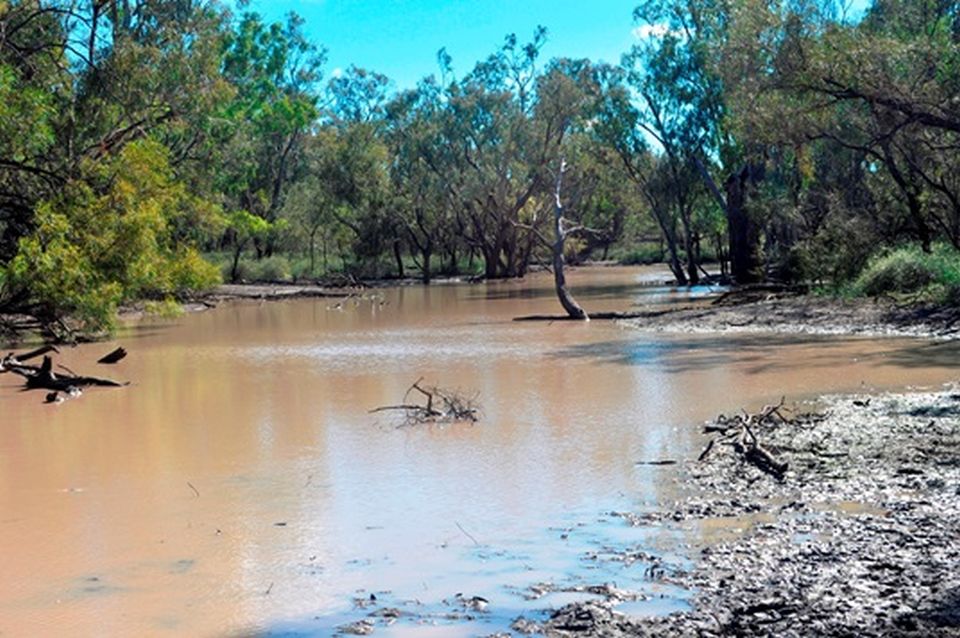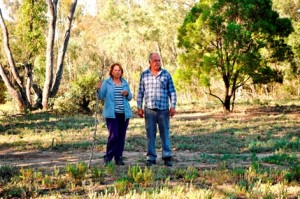A special Federal Court hearing in Millmerran today “starts the dance again on country” for the Bigambul people of south-west Queensland.
The court formally recognised the native title rights of the Bigambul People over about 2600 square kilometres of land and waters between Inglewood and St George.
Minister for State Development and Minister for Natural Resources and Mines Dr Anthony Lynham said an Indigenous Land Use Agreement developed alongside the determination would this see the State Government share the proceeds of the future sale of some of the land with the Bigambul people.
“Today’s decision recognises and protects the Bigambul people’s native title rights and also provides a future revenue stream for the traditional owners,” he said.
The determination area covers land and water in an area between the towns of Moonie, Goondiwindi, Talwood, Yelarbon, Toobeah and Texas. The land sale arrangement covers 115 blocks of land located throughout the determination area.
Bigambul Traditional Owner Cheryl Moggs of Goondiwindi said today’s determination gave back some recognition and respect to the rightful owners.
“Now the dance starts once again on county to celebrate, as we take our place, shed a tear, heal and once again walk together,” she said.
“It means I can go onto country and say to my ancestors and families past ‘Thank you for fighting for us and our country, now it is my turn to keep our customs and practices and to keep your spirit, teaching, wisdom, stories and connection alive for our people’.
“The rest of my life will be contributed to supporting the cultural transmission and re-connection for my people. It will complete me culturally.”
Ms Moggs and fellow traditional owners, Valerie Corrigan and Priscilla Mogg, said the Toobeah Reserve held special cultural significance for its strong kinship ties among the Bigambul People.
“We lived as fringe dwellers with lots of families coming together for ceremony and celebrations,” Ms Corrigan said.
“They called us the river blacks, living in dwellings made of tin from the dumps and wood cut from country to hold the tin in place, no running water and electricity,” Ms Moggs said.
“Living together in family units, hunting and gathering with family groups on country, roaming among our ancestors, learning from our mothers and siblings – living off the lands we now call Bigambul.
“The spiritual connection is still alive and the hunting and gathering continues. Camp sites are still there in spirit and some evidence.
“This is the place where we did ceremony, celebrations, returned our people’s spirit back to the Dreamtime.”



